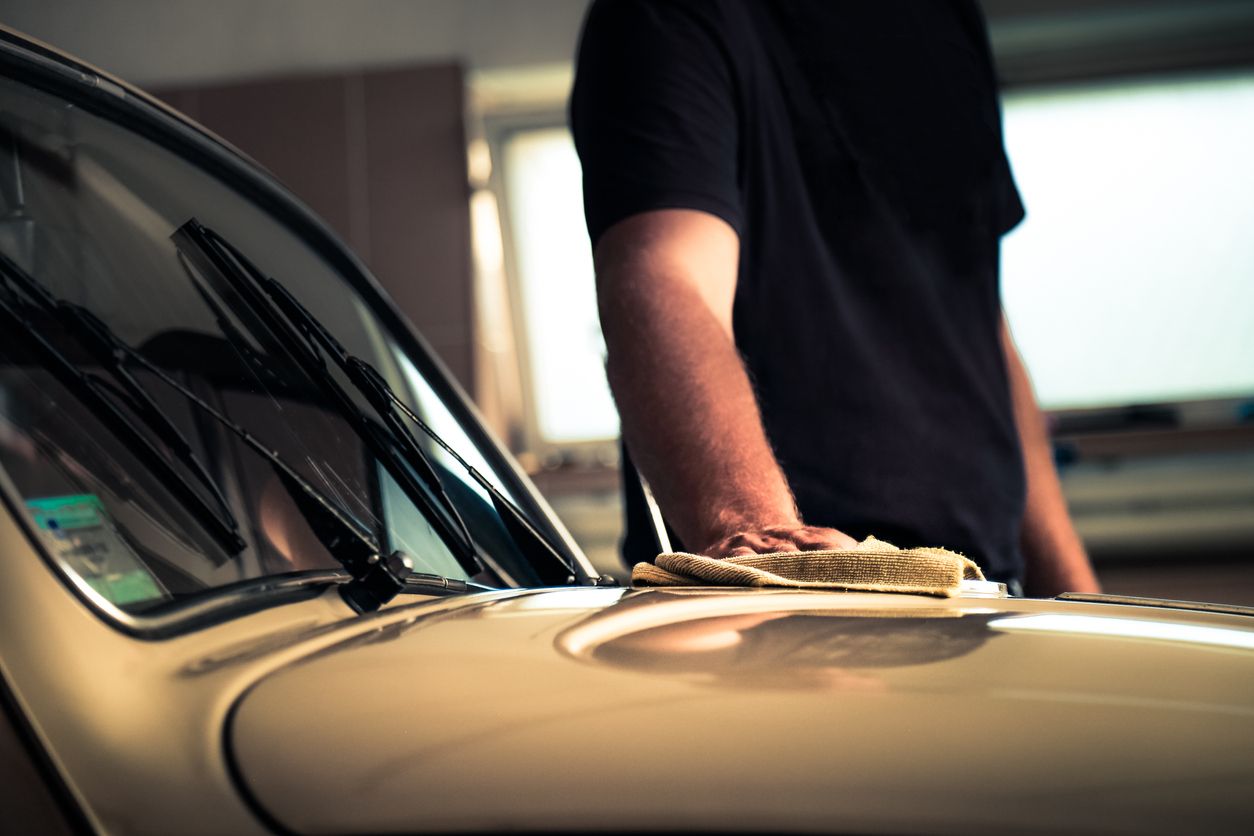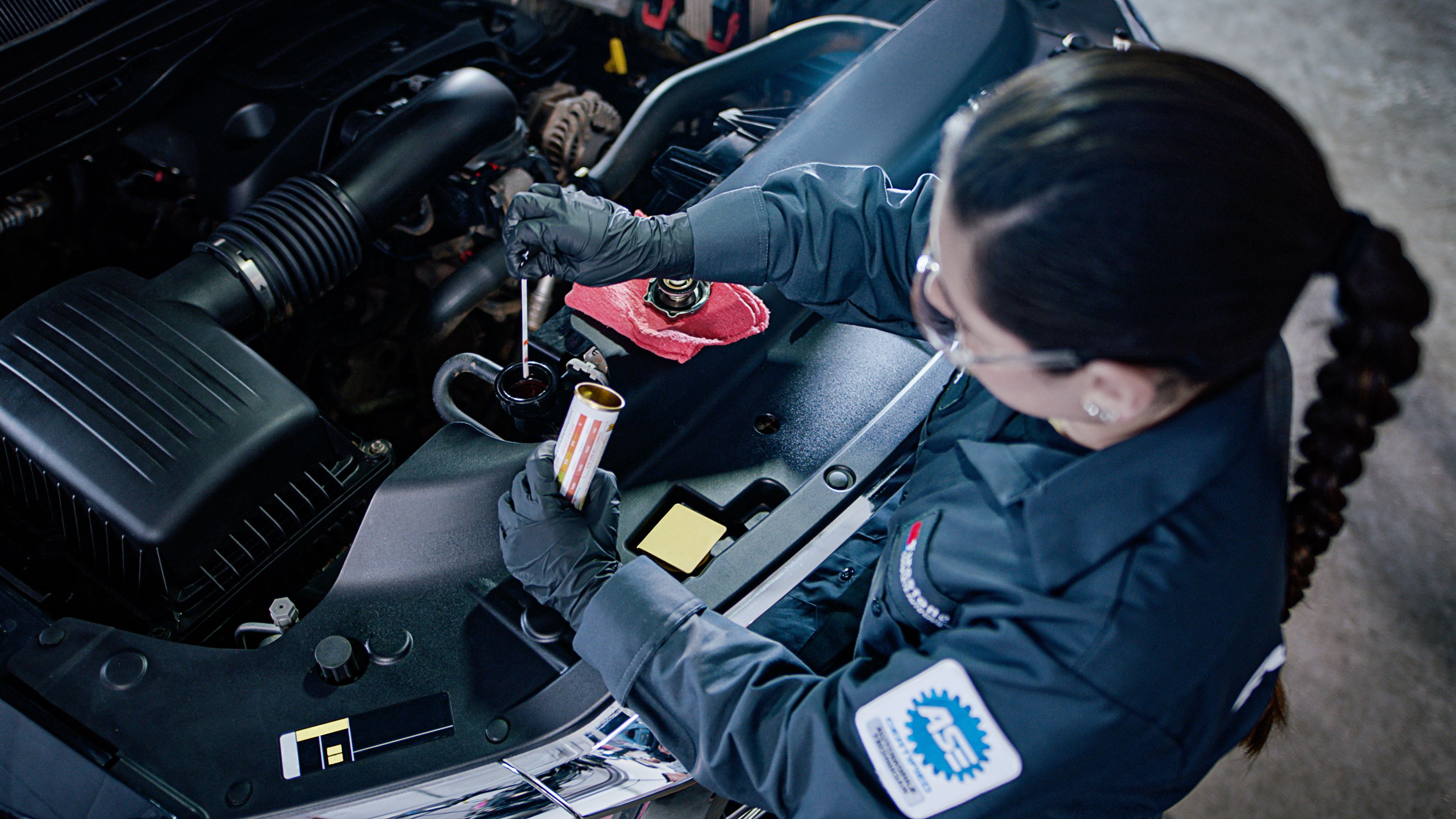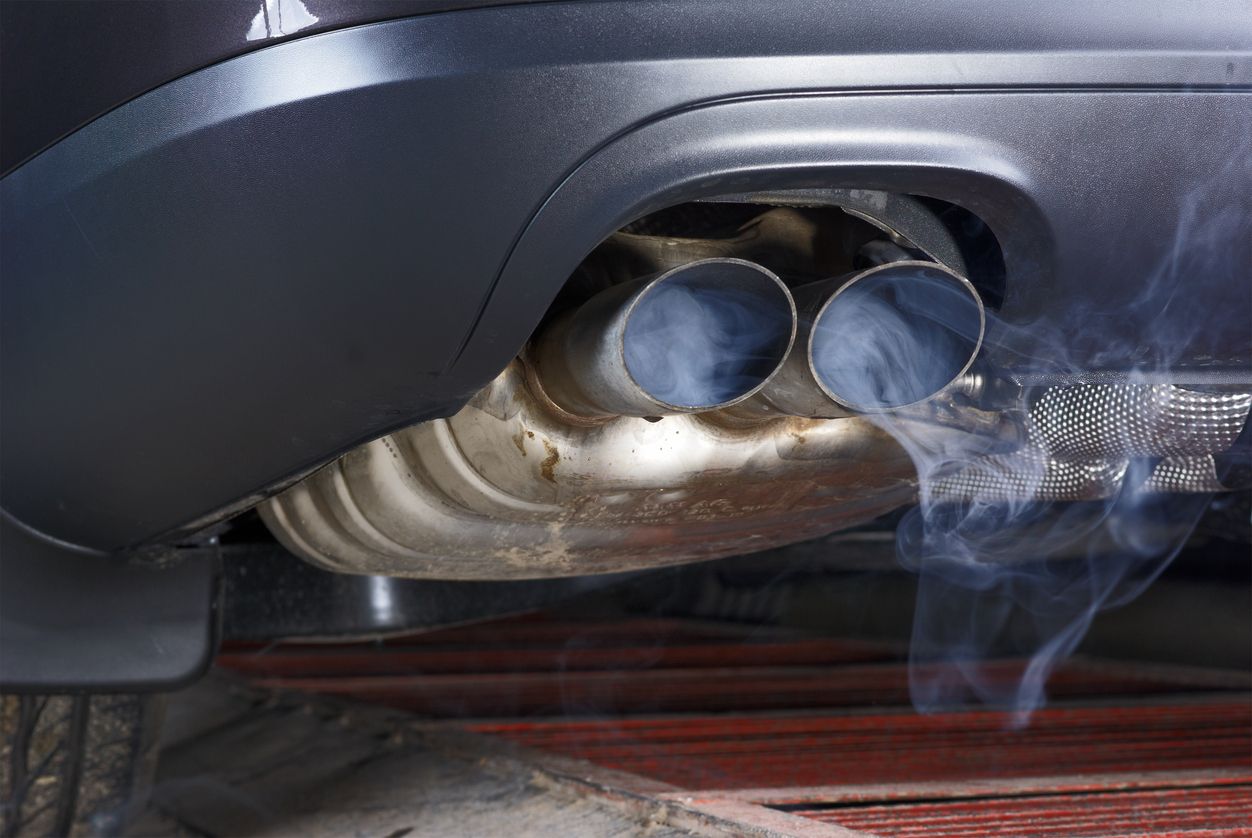Snow is melting, salt is being cleared off the roads, and it’s just about time to take your car out of winter storage. Whether you have a classic beauty or a favorite daily driver, getting your vehicle back on the road is exciting.
Learn the best time to take your car out of winter storage, what to inspect on your ride before firing it up, and how Firestone Complete Auto Care can help.
1. Determine When to Take Your Car Out of Winter Storage
Timing is everything, and taking your car out of winter storage is no different. The optimal date to put your special ride back on the road depends on your local weather conditions. Generally, you’ll want to wait until the threat of snow has passed and road salt is no longer present. Doing so helps ensure your car won’t be exposed to unnecessary rust-causing agents.
2. Investigate Your Wiring
Though you may not have been driving your vehicle for the last several months, rodents may have turned your ride into an automotive bed and breakfast. Unfortunately, rodents make for poor tenants and often enjoy gnawing on the wiring of their abodes. So, before starting your car or even turning the ignition on, take a look under the hood to see if anything looks abnormal.
Holes in the air intake ducting or chewed-on wiring harness parts are potential red flags. If your vehicle fails to start, has a hard time starting, or a system is not functioning properly when the vehicle is running, have your car looked at by a professional ASAP.
3. Look for Leaks
Hose rubber can make a fantastic side dish for rodents that may have moved into your stored vehicle while you were away. And cold temperatures can wreak havoc on rubber components like seals and hoses.
Before starting a car after winter storage, check for gnawed or cracked tubing. Look for leaks, too — they’re often a telltale sign of an issue that needs to be addressed. If you do find a leak, use the table below to help troubleshoot what type of fluid you’ve found:
| Fluid Type | Color | Feeling | Smell |
|---|---|---|---|
| Automatic transmission | Red | Viscous | Slightly sweet |
| Used motor oil | Brown or black | Viscous | Little to none— sometimes smells slightly burnt |
| Fresh motor or gear oil | Yellow or amber | Viscous | Little to none— slightly odiferous |
| Gasoline or diesel | Yellow, clear, or straw-colored | Gasoline is thin and often cool to the touch. Diesel has an oily feel to it |
Smells like fuel. Odiferous |
| Engine coolant | Green, yellow, blue, red, or orange | Medium viscosity, slick | Often smells sweet |
| Windshield wiper fluid | Any color in the rainbow | Thin and slick | Little to none — sometimes slightly soapy |
4. Check Your Battery’s Health
When starting old cars that have been sitting, or any vehicle for that matter, battery health and charge are crucial. Disuse and cold temperatures can be a deadly combination for your vehicle’s battery, so check its charge with a multimeter or jumper box. Unless your car takes a six-volt battery, the multimeter should read 12.6 volts when hooked up to a fully charged battery. If it doesn’t, your battery may need to be recharged or replaced if your vehicle fails to start on its own.
Pro-Tip: Using a battery maintainer can help mitigate risk of damage when storing your vehicle for long periods. They trickle-charge the battery and help maintain charge during long periods of storage.
5. Inspect Your Tires
Before embarking on that first post-winter drive, check your tires for deflation and flat spots caused by prolonged storage. If your tires are low on air pressure, air them up to manufacturer-recommended pressures. This recommendation can commonly be found on the driver's side door jamb. If your tires have developed flat spots, bring it to your local Firestone and let the pros check it out.
Next time you put your car away for winter, it may be possible to avoid flat-spotting by re-parking your vehicle every couple of weeks or leaving it on jackstands.
Pro-Tip: If you have designated sets of winter and summer tires — something we frequently recommend — make sure to follow our guide to storing tires between seasons! If you don’t have season-specific tires yet, consider Bridgestone Potenza tires, which come in both all-season and summer versions.
6. Examine Your Brake Pads
While checking your tires, take the time to examine your brake pads (if they are visible through the wheel spokes). Make sure they have plenty of material left on them. If you feel any abnormalities while driving or your pads look low on material, take your vehicle in for service ASAP!
Pro-Tip: When storing your vehicle for long periods, ensure the parking brake is disengaged. If you accidentally leave your parking brake engaged, corrosion can “weld” the parking brake pad(s) to your rotor(s) surfaces, resulting in a stuck or sticking parking brake.
7. Check the Fluids and Top Off as Needed
Fluid levels play a pivotal role in your car’s health and performance. Check your transmission fluid, brake fluid, power steering fluid, engine oil, and coolant levels. If you find that any fluids are significantly low, top them off and check once more for leaks.
Many wonder whether it’s best to perform an oil change before or after winter storage. We recommend changing your oil before parking your car for the winter season. Doing so can prevent combustion byproducts from harming your engine during its months off. If you didn’t change your oil before putting your car into storage, changing it now can help your vehicle stay healthy.
8. Start Your Car
With all of that done, it is time to start your car! Starting a car after winter storage can be challenging, but these tips can help things go smoothly:
Pump the gas pedal.
If your car is cranking, but won’t start, try giving the gas pedal a couple of pumps. In old cars, this can manually squirt fuel into the carburetor. This added fuel can give your vehicle that extra “oomph” needed to start.
If your ride is carburated— be sure not to pump the pedal too many times, as doing so can flood your carburetor with fuel and prevent combustion. If you’ve flooded your carburetor, you may need to wait up to an hour for that fuel to drain or evaporate naturally.
Allow your car to idle.
Once you have it started, let your car warm up by idling for a couple of minutes — your engine and transmission will thank you! When your car has warmed up, take it for a drive around the neighborhood to get everything moving again.
Wake Up Your Ride with Firestone Complete Auto Care
When it’s time to take your car out of winter storage and learn how to prepare your car for spring, let the professional technicians at Firestone Complete Auto Care help your ride transition into the new season! We offer oil change services, brake repair, and practically everything else you need to keep your cherished chariot in tip-top shape. Schedule an appointment at your local Firestone Complete Auto Care today.



